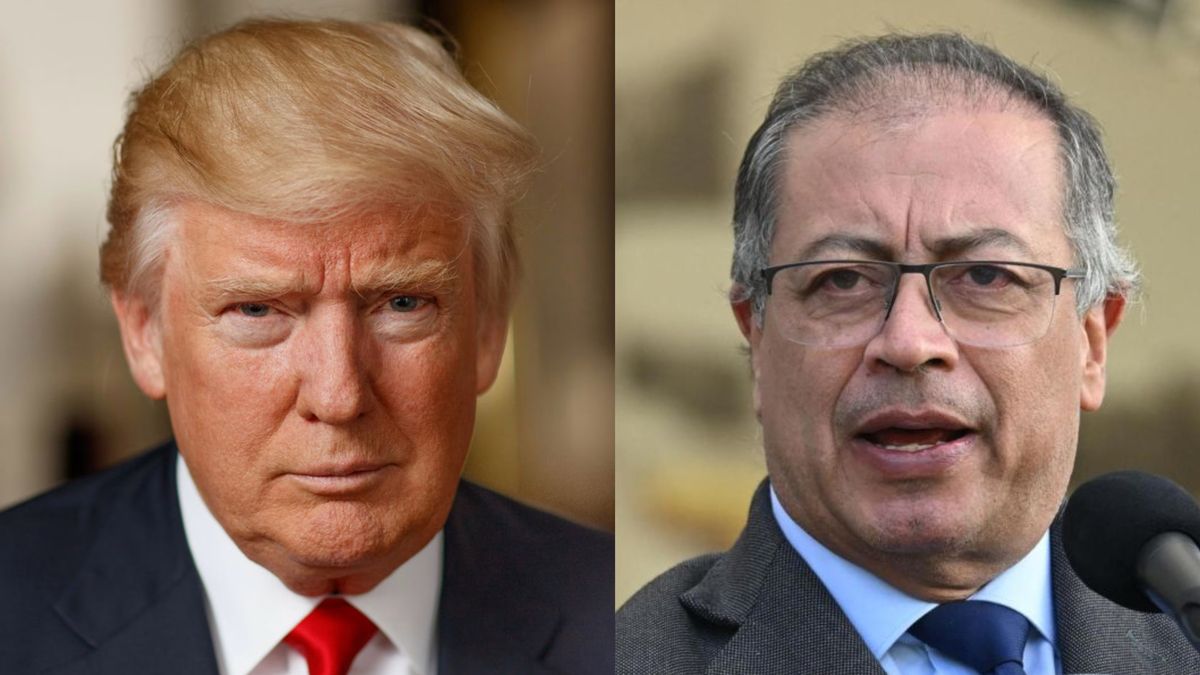In a movement that combines financial audacity with economic pragmatism, the government placed a new on Wednesday Bonus in pesosthe 2030 Bonte, with which he raised US $1 billion of foreign investors. This instrument, Designed to capture currencies without increasing debt stockmark a Turn in the strategy exchange of the country, challenging the initial promises of not acquiring dollars above the band of the band.
The 2030 Bonte: Structure and Context
The 2030 Bonte, issued with a Cutting rate of 29.5% (TNA) And an internal return rate (IRR) estimated at 32%, is a bonus in pesos that is subscribed in dollars and has a Early rescue option in May 2027, coinciding with the start of the presidential electoral campaign. Expired in 2030, the bonus pays semiannual interests and offers foreign investors a high performance opportunity. The tender, which closed with an offer greater than expected (US $ 1,694 million), reflects a renewed interest of international markets in Argentine assets, although at a high cost.
The operation allowed the Treasury to acquire dollars without reaching the floor of the exchange band, set at $ 985 pesosaccording to the scheme agreed with the International Monetary Fund (IMF). This scheme, implemented in April after an agreement of US $ 20,000 million, allows the exchange rate to start floating between $ 1,000 and $ 1,400, with BCRA interventions only at the ends of the band. However, the dollar has remained in a range of $ 1,130 to $ 1,170, which reflects a Harst currency offer than expected, even in the seasonal period of greater agricultural exports liquidation.
THE MECHANICS OF THE OPERATION: Issuance of Weights and Utilities Tour
The placement of the 2030 Bonte was not a simple debt issuance. To carry it out without increasing the debt stock, the treasure resorted to a complex financial engineering that involved the BCRA. In April, the BCRA transferred $ 11.7 billion to the Treasury as profits, breaking with almost a year of stability in the broad monetary base (BMA). These weights were used to pay debt maturities in local currency, releasing space to issue the 2030 Bonte without increasing net indebtedness. In essence, the treasure acquired dollars in exchange for a future commitment in pesos, while the BCRA issued currency to finance the operation indirectly.
This maneuver allowed the government to avoid its initial commitment not to buy dollars above the band’s floora self -imposed restriction to anchor exchange expectations and minimize the inflationary impact of the issuance of pesos. The Government avoids issuing pesos directly to buy reservations because they fear “return to the market and generate more inflation.” However, the transfer of profits from the BCRA to the Treasury, followed by the issuance of the Bonte, implies a indirect monetary expansion.
Exchange and fiscal implications
The operation of Bonte 2030 highlights the tensions inherent in the current exchange scheme. The Government of Javier Milei, who assumed in December 2023 with an agenda of fiscal austerity and “zero deficit”, faces a dilemma: he needs to accumulate reservations to strengthen the position of the BCRA, which reports negative net reserves, but doing so implies emitting pesos, which contradicts its objective of controlling inflation. The placement of the Bonte, although successful in terms of currency collection, does not solve this structural contradiction.
The cutting rate of 29.5% is higher than the one previously estimated by the market. In addition, the fact that the dollar has not reached the band’s floor, even during the high season of exports, suggests a complication for the goal of accumulation of reserves.
The agreement with the IMF adds another layer of complexity. Although the program allows dollar purchases within the band, the government has chosen not to do so directly to avoid issuing more pesos. On the other hand, it resorts to instruments such as the Bonte to capture currencies, a strategy that demonstrates a “pragmatic” approach to get out of the “trap” of the official statements that limited purchases to the band’s floor. However, this flexibility could erode the credibility of the government if investors perceive that the exchange rules are more lax than announced.
Perspectives for the coming months
Looking to the future, The success of Bonte 2030 could pave the way for new debt emissions in pesos with dollarsespecially if the government manages to reduce the country risk, which is currently in the 667 basic points. A lower country risk would facilitate access to international markets, a key objective to finance debt maturities of 2026.
For investors, Bonte 2030 offers an attractive return, but the exchange and political risk remains high. The early rescue option in 2027 could mitigate part of this risk, but uncertainty about the path and the Argentine economy will keep markets in suspense. The operation is positive because it increases reserves, but the financial cost and issuance of underlying weights are worrisome.
A precarious balance
Bonte 2030 placement is an example of the financial creativity of the Argentine government to navigate a restrictive economic environment. By capturing dollars without reaching the band of the band, the treasure and the BCRA have demonstrated flexibility, but at a high cost and with monetary implications that could complicate the control of inflation. While the Government seeks to rebuild the confidence of the markets and accumulate reservations, it must sustain exchange stability, maintain the fiscal discipline that has been its distinctive seal and sustain economic recovery.
*The author is an economist.
Source: Ambito
David William is a talented author who has made a name for himself in the world of writing. He is a professional author who writes on a wide range of topics, from general interest to opinion news. David is currently working as a writer at 24 hours worlds where he brings his unique perspective and in-depth research to his articles, making them both informative and engaging.




